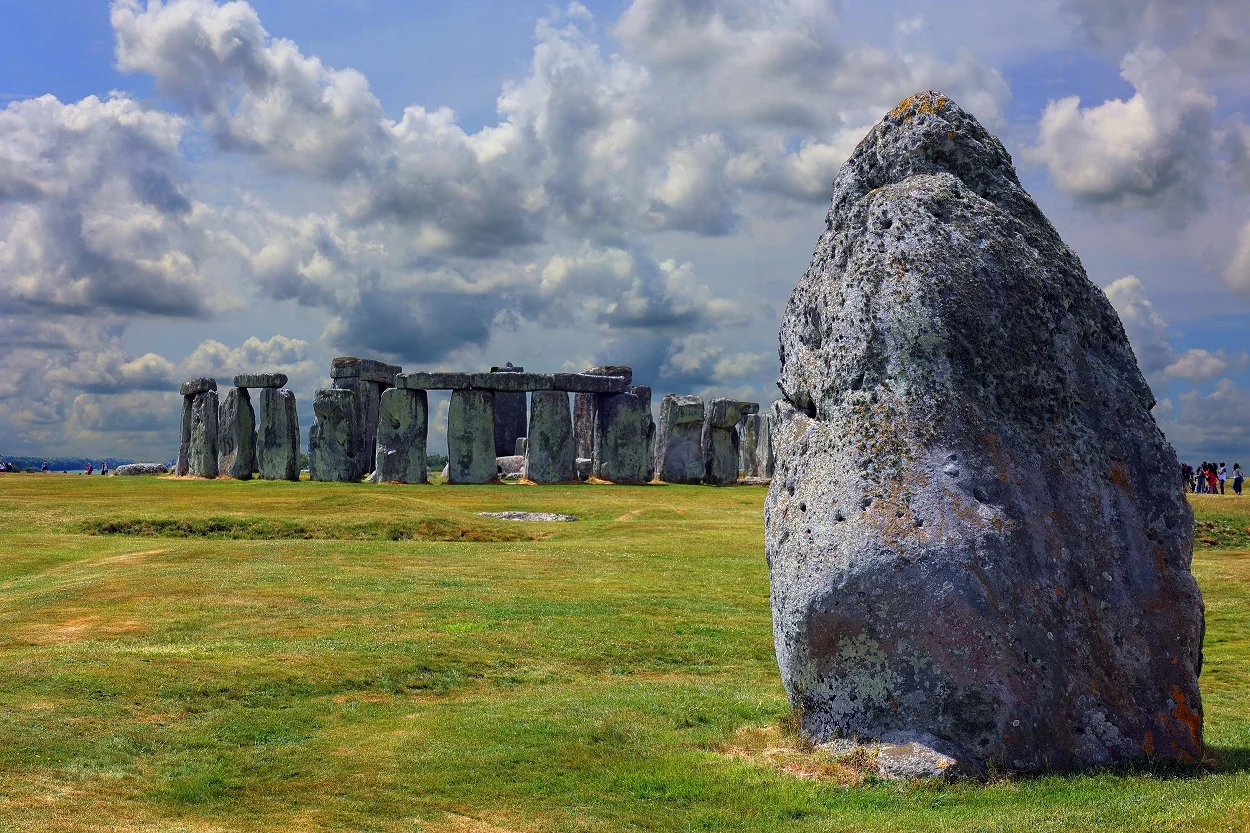A new study, published in the Quaternary Newsletter journal, suggests that the Bristol Channel was a glacial transport route.
This is evidenced by a large glacial erratic discovered in Limeslade Bay, which has its origins in North Pembrokeshire. A glacial erratic is a glacially deposited rock or boulder that differs from the native rock types.
The Limeslade erratic is an igneous rock made from dolerite, first discovered in 2022 on a limestone shore platform below the high tide mark. The erratic cannot have been derived from anywhere in the bay area, since the Gower Peninsula is almost entirely made up of Carboniferous and Devonian sedimentary rocks.
According to Dr Brian John, an author and retired geomorphologist and university lecturer, the Limeslade erratic was carried eastwards up the Bristol channel by a powerful glacier during the Ice Age.
“The ice stream responsible for entraining and then carrying the massive boulder originated in the Irish Sea, as part of the huge British and Irish Ice Sheet. It flowed across Pembrokeshire from the NW towards the SE, and then swung eastwards up the Bristol Channel,” said Dr John.
This theory is supported by other examples of glacial erratics found around the shores of the Bristol Channel, which has a direct bearing on the debate about the transportation of the Stonehenge bluestones.
The Stonehenge bluestone assemblage consist of at least 30 different rock types, many of which have the characteristics of long-abandoned glacial erratics.
The prevailing theory, proposed by geologist Herbert Thomas in 1923, suggests that the bluestones were transported from the Preseli Hills to Salisbury Plain by our Neolithic ancestors. Thomas argued that glacial transport was “impossible,” noting that the glacier ice at that time only extended a short distance beyond the south coast of Pembrokeshire.
According to Dr John, this assumption overlooks substantial evidence of extensive glaciation and that the ice actually reached the edge of the Celtic Sea shelf, over 200 kilometres beyond the Isles of Scilly. Dr John suggests that the ice must have extended as far eastwards as the Somerset Levels and the Wiltshire chalk escarpment.
Dr John said: “The geological evidence shows that the Limeslade boulder has probably come from somewhere near the north Pembrokeshire coast, but not from Mynydd Preseli. This confirms that the overriding ice picked up erratic boulders and debris from many different locations. Some boulders were carried for short distances and others for hundreds of kilometres before being dumped.”
“Our Neolithic ancestors may have been heroic. But they were not stupid — and it’s likely that they gathered up the bluestones which they discovered on Salisbury Plain and used them more or less where found,” said Dr John.
Header Image Credit : Shutterstock
Sources : Brian John, 2024. An Igneous Erratic at Limeslade, Gower & the Glaciation of the Bristol Channel. Quaternary | https://www.qra.org.uk/quaternary-newsletter/quaternary-newsletter-current/





